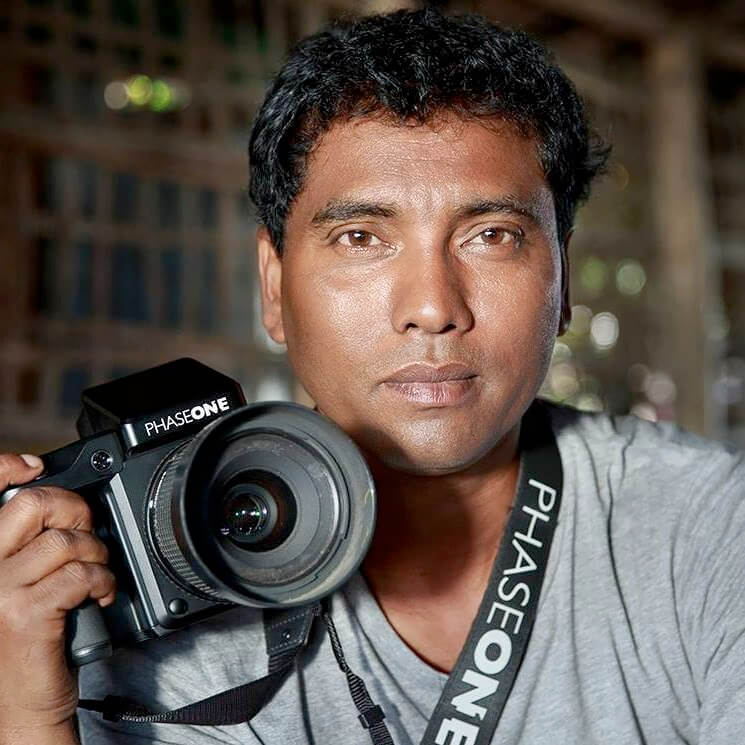Tushar is freelance documentary photographer based in Bangladesh. Photography is his profession, passion & hobby. After his graduation from Dhaka University he took photography seriously and since 2000 he has been working as a full-time professional photographer.
As well as he is entrepreneur, organizer and judges of National & international photography competitions.
He is regularly supplying imagery and undertaking commissions form worldwide many large and prestigious organizations, NGOs, newspapers, magazines, photo agencies, industries & business clients.
His images published Forbes magazine, Daily Mail, Telegraph, The Sun, BBC, National Geographic, The Atlantic, the Washington Post, USA Today, NPR, Huffington Post, The Guardian, L'actualite, Forbes Russia, Helvetas, Financial Times, Euromoney magazine and renowned international photo agencies & newspapers.
